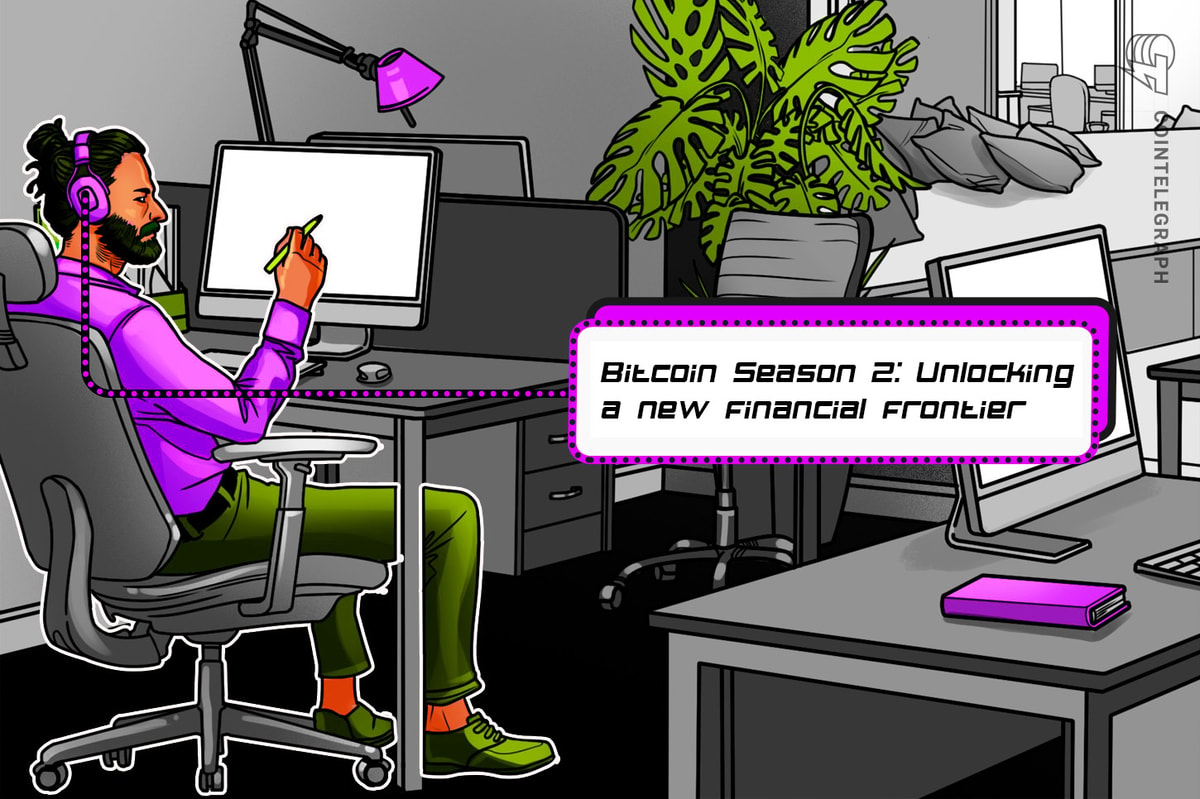Twitter’s rate limit is a tool created to control how their application programming interface (API) is used in order to stop abuse and provide equitable access to resources. It sets restrictions on how many queries a user or application can submit in a certain period of time.
This article will shed light on the rationale behind Twitter’s rate limit and how programmers can successfully operate within its limitations.
Understanding the Twitter rate limit
Twitter implements rate limits to safeguard the performance and stability of its platform. The rate limit is defined as the maximum number of requests per API endpoint permitted within a window of time, often 15 minutes. So, if an endpoint has a rate limit of 900 requests per 15 minutes, it means that you are allowed to make up to 900 requests within any 15-minute interval.
Depending on the authentication method you’re using, rate limits may be imposed. For instance, if you utilize “OAuth 1.0a User Context,” you will have a cap on the total number of Access Tokens that each set of users can have at any given time. In contrast, if you use an “OAuth 2.0 Bearer Token,” your application will have a distinct cap on the number of requests it may make in the allotted time. An error will be returned if these restrictions are exceeded. Read on to learn more about these specifics and get advice on how to avoid rate limiting.
Types of rate limits
Twitter uses two different types of rate limits: user token level and ad account level. A user token refers to the OAuth access token utilized for authentication and calling the Ads API. Each user token can be associated with one or multiple ad accounts. However, only a specific set of endpoints are configured to utilize ad account level rate limiting.
What does Twitter’s “rate limit exceeded” mean for users?
Elon Musk recently announced that Twitter has decided to impose a temporary restriction on the daily number of posts that users can read. This measure has been taken in response to the observation of “extreme levels of data scraping and system manipulation.”
To address extreme levels of data scraping & system manipulation, we’ve applied the following temporary limits:
— Elon Musk (@elonmusk) July 1, 2023
- Verified accounts are limited to reading 6000 posts/day
- Unverified accounts to 600 posts/day
- New unverified accounts to 300/day
Due to such restrictions, users must log into Twitter in order to access tweets. For various account types, different limits have been set. Unverified accounts are only allowed to read 600 posts per day, whereas verified accounts have access to up to 6,000 posts per day. The daily restriction for brand-new, unverified accounts is considerably lower: 300 posts. Users who go above these caps will get a warning saying “rate limit exceeded” as soon as they do.
Exceeding the rate limit results in temporary restrictions, such as being unable to perform certain actions or retrieve data. Users need to wait until the rate limit resets before they can resume their activities on the platform. However, Musk has also announced that the limit will be increased in the near future.
Rate limits increasing soon to 8000 for verified, 800 for unverified & 400 for new unverified https://t.co/fuRcJLifTn
— Elon Musk (@elonmusk) July 1, 2023
Related: Crypto Twitter will see less exposure on Google due to rate limit slash
Rate limit strategies
There are a number of ways that developers can efficiently operate under Twitter’s rate limit:
- Caching: Implement caching mechanisms in order to cache frequently accessed data and reduce the need for repeated requests.
- Batch processing: Consolidate several API calls into one request to minimize the number of separate requests.
- Request prioritization: Determine the most important API endpoints and order your queries accordingly.
- Backoff and retry: To gracefully handle rate limit exceeded errors, implement exponential backoff and retry techniques.
Rate limit status and handling
Twitter includes information on rate limit handling in API responses, enabling developers to monitor usage and take appropriate action. When the rate limit is reached, the API answers contain rate limit-related headers that show how many requests are still open and when the limit will reset. Developers should use the proper error handling tools to gracefully manage rate limit exceeded errors.
Can you bypass Twitter’s rate limit?
No, it is not possible to bypass the rate limit imposed by Twitter. The rate limit is enforced by Twitter’s systems to maintain stability, prevent abuse and ensure fair usage of the platform. Attempting to bypass the rate limit can result in temporary restrictions or other consequences for violating Twitter’s policies.
It is important to adhere to the rate limit guidelines and use the Twitter API responsibly within the defined limits. To ensure a successful and long-lasting development process, developers should work to optimize their code, use effective tactics and respect Twitter’s limits.










